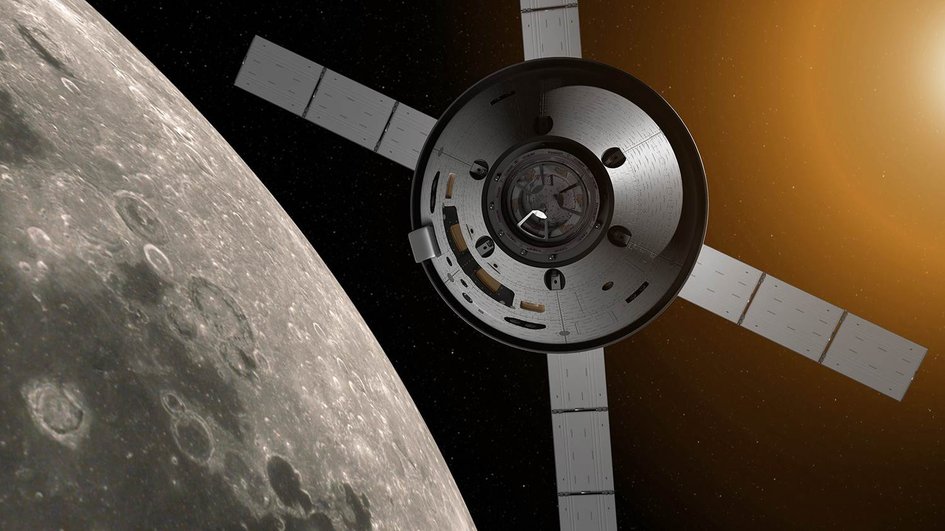NASA Creates Space Technology Office to Aid Future Missions

A new NASA project office is taking a close look at what vital technologies the space agency needs to fulfill its deep-space exploration goals, including sending astronauts beyond low-Earth orbit.
Called the Space Technology Mission Directorate (STMD), the new office aims to produce "new inventions, new capabilities and the creation of a pipeline of innovators aimed at serving future national needs," NASA officials said in a statement. The directorate's research and development efforts will take place within NASA facilities, universities and private companies, and they will involve collaborative projects with international partners, agency officials added.
"A robust technology development program is vital to reaching new heights in space — and sending American astronauts to new destinations like an asteroid and Mars," NASA Administrator Charles Bolden said in a statement last week.
President Barack Obama has directed NASA to work toward launching astronauts to an asteroid by 2025, and then take aim at a manned Mars mission in the 2030s. NASA is developing a new spacecraft, the Orion deep-space capsule, and a giant rocket called the Space Launch System to serve as core vehicles for the ambitious space exploration program.
The first Orion test flight will launch in 2014 and be an unmanned mission. The first Space Launch System test is slated for 2017 and could fly a robotic deep-space flight around the moon.
"A top priority of NASA is to invest in cross-cutting, transformational technologies. We focus on collaboration with industry and academia that advances our nation's space exploration and science goals while maintaining America's competitive edge in the new innovation economy," Bolden added.
The STMD will be headed by NASA associate administrator Michael Gazarik, who previously served as the agency's the director of the Space Technology Program within the Office of the Chief Technologist.
Breaking space news, the latest updates on rocket launches, skywatching events and more!
Former deputy director of the Space Technology Program James Reuther will join Gazarik, serving as the STMD's the deputy associate administrator for programs. Dorothy Rasco, previously the business manager for NASA's now retired space shuttle program, will become the directorate's deputy associate administrator for management, NASA officials said.
Follow us @Spacedotcom, Facebook or Google+. Original article on SPACE.com.
Join our Space Forums to keep talking space on the latest missions, night sky and more! And if you have a news tip, correction or comment, let us know at: community@space.com.

Space.com is the premier source of space exploration, innovation and astronomy news, chronicling (and celebrating) humanity's ongoing expansion across the final frontier. Originally founded in 1999, Space.com is, and always has been, the passion of writers and editors who are space fans and also trained journalists. Our current news team consists of Editor-in-Chief Tariq Malik; Editor Hanneke Weitering, Senior Space Writer Mike Wall; Senior Writer Meghan Bartels; Senior Writer Chelsea Gohd, Senior Writer Tereza Pultarova and Staff Writer Alexander Cox, focusing on e-commerce. Senior Producer Steve Spaleta oversees our space videos, with Diana Whitcroft as our Social Media Editor.
